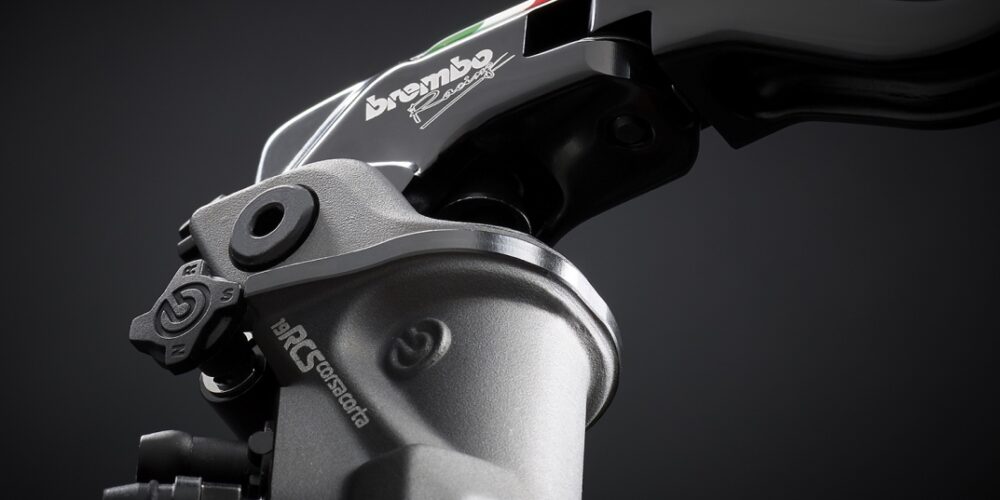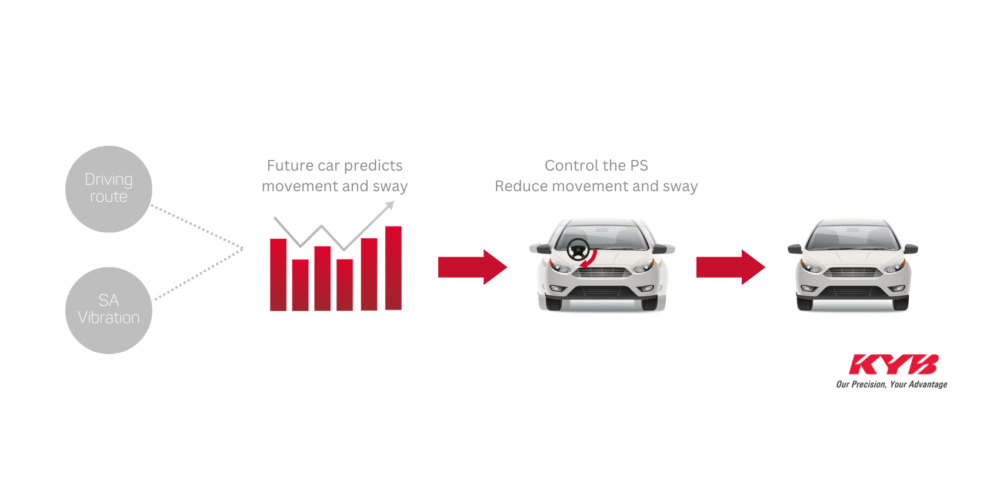EXHAUST GAS TEMPERATURE SENSORS – NEW IN NRF OFFER

European emission standards provide us with cleaner air and a healthier environment. Vehicle manufacturers are encouraged to engineer drive units that produce less pollution and enable even more efficient operation. With the development of technology used in internal combustion engines, the algorithms controlling individual components need more and more data. In order to collect this data, vehicles are equipped with a whole arsenal of sensors measuring parameters such as pressure (e.g. intake manifold absolute pressure, MAP), concentration (e.g. level of nitrogen oxides, NOx) or temperature. The topic of this article, exhaust gas temperature sensors (EGTS), belong to the last group.

Figure 1. Typical construction of an exhaust gas temperature sensor |
The EGTS became widely used around 2008 with the introduction of the EURO 4 standard for passenger cars. Most of the vehicles currently produced, especially those with diesel engines, are equipped with exhaust gas temperature sensors, with the average number of 6, but there are cases where 9 pieces are being installed in a single vehicle.

Figure 2. Examples of EGTS placement in a vehicle

Figure 3. Exhaust gas temperature sensor performance characteristics based on NRF# 707182, AUDI A6/A7 3.0 TDI 2011-. Please note operating temperature range and accuracy of resistance and output voltage readings |
The task of the EGTS is to measure the exhaust gas temperature at a specific point in the exhaust system. The information from the sensor goes to the Engine Control Unit (ECU). Based on that the operating parameters of individual vehicle components are adjusted. In other words, the reading from the temperature sensor affects the operation of the entire powertrain, starting from fuel injectors, through the turbocharger, exhaust gas recirculation valve (EGR), catalytic converter, diesel particulate filter (DPF) all the way to the nitrogen oxide emission control system (Selective Catalytic Reduction, SCR), while protecting these elements from damage by eliminating the risk of overheating and ensuring maximum vehicle performance at the same time.
EXHAUST GAS TEMPERATURE SENSORS MALFUNCTION

Figure 4. Control lamps that may indicate EGTS malfunction |
The first sign of EGTS malfunction is that one of the following control lamps will light on the dashboard: engine failure (commonly known as “CHECK ENGINE”), glow plugs failure or particles filter failure. The driver may also notice unusual behaviour of the car, like:
- lack of performance caused by incorrect fuel dosage, inadequate boost pressure or excessive particles filter saturation
- increased fuel consumption
- shorter particles filter regeneration intervals, extended regeneration procedure
Underestimating the malfunction or incorrect diagnosis may result in damage to other vehicle components (turbocharger, DPF, EGR valve, SCR system), as well as in increased emission harmful nitrogen compounds (NOx), carbon monoxide (CO) and hydrocarbons (HC).
The most common causes of exhaust gas temperature sensor malfunctions include:
- sensor damage caused by vibrations in exhaust system
- excessive exhaust gas temperature due to a defect in the injection system or an incorrect air-fuel ratio
- electrical damage due to overvoltage or overload of the electrical system
- mechanical damage to the sensor connection cable

Figure 5. Common causes of EGTS damage |
EGTS are not a subject to repair, a damaged sensor must be replaced with a new one each time.
MANUFACTURED ACCORDING TO THE HIGHEST NRF STANDARDS
Sensors offered by NRF are manufactured on proven production lines in accordance with the quality and performance standards of original manufacturers (OE). Each batch is additionally checked before delivery to the customer. We make every effort to make sure that our products guarantee trouble-free and safe operation of the vehicle for many years.
Our EGTS offer includes 316 catalogue numbers, which corresponds to over 1250 original numbers. Thus, we provide exhaust gas temperature sensors for nearly 100 million vehicles driving around Europe.

Figure 6. Tips for applying the grease supplied as Easy Fit with NRF exhaust gas temperature sensor |
As the only supplier we add to each package high quality high temperature greese for use in the assembly of the sensor. Thanks to that, the customer receives everything required to replace the damaged part.
Using supplied grease helps to remove the sensor when disasembly is necessary (for example to repair other elements of exhaust system) without damaging it. It also helps to tighten thread connection which is particularly important in older vehicles with significant mileage and exhaust system wear.
SUMMARY
- sensors are a bridge between mechanical and electronic components of the vehicle
- Exhaust Gas Temperature Sensors (EGTS) measure the temperature of the gases at various points in the exhaust system
- the information is sent to the engine control unit, where the operating parameters of the entire drive train are adjusted
- correct operation of EGTS not only provides maximum performance, but also protects expensive vehicle components from damage
- in addition, exhaust gas temperature sensors ensure that consumption is kept at an optimal level and the emission of harmful chemical compounds to the atmosphere is minimized
- EGTS offered by NRF meet the highest quality standards
- more than 300 items on offer correspond to 100 million vehicles on the roads of Europe









